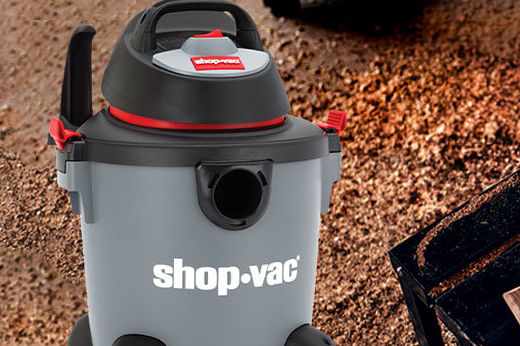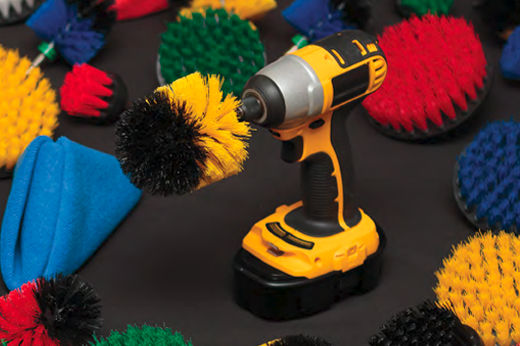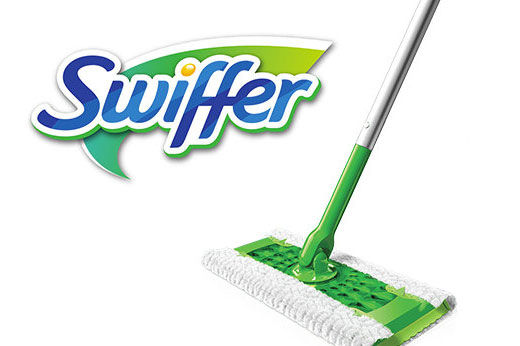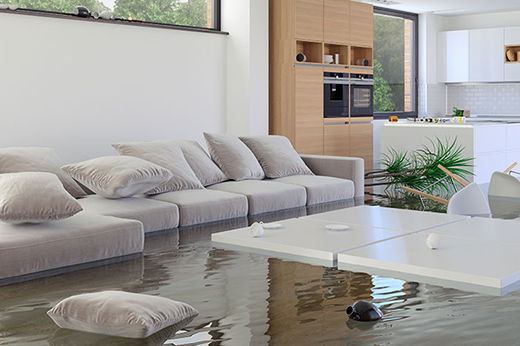While do-it-yourself projects can be fun and fulfilling, there is always a potential for personal injury or property damage. We strongly suggest that any project beyond your abilities be left to licensed professionals such as electricians, plumbers, and carpenters. Any action you take upon the information on this website is strictly at your own risk, and we assume no responsibility or liability for the contents of this article.
The Best Way to Clean Your Bathroom
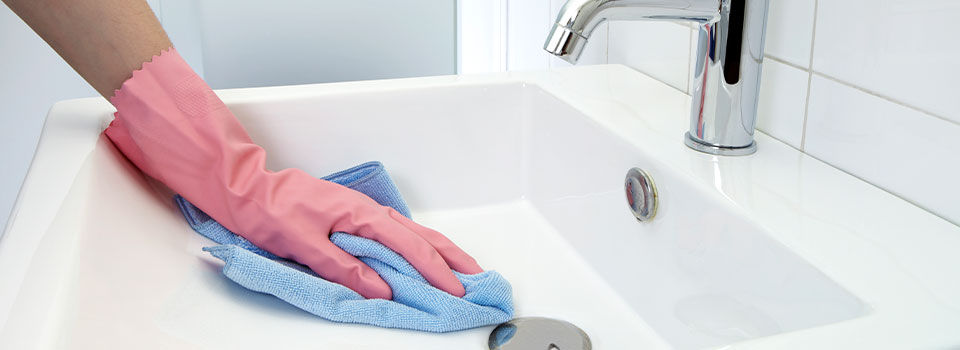
Bathrooms are a sort of paradox in the home. They’re rooms that offer some of the only true privacy available in some families, and many are built for relaxation. Yet that clashes with the issue that most bathrooms have the highest bacterial levels in the entire house. A proper cleaning routine is the only way to keep bacteria levels low and ensure a clean, relaxing environment in the bathroom. If you’re not sure how often to clean each part and which order to work your way around in, use this as your handy guide to sanitation.
Declutter and Dust First
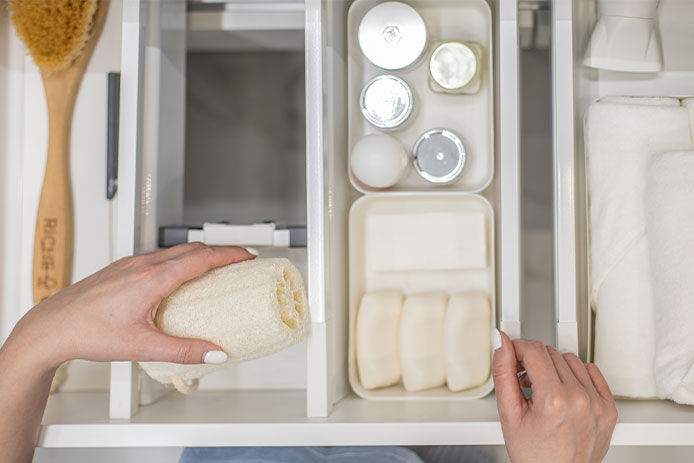
This part of the home can get just as cluttered as any other part. Remove any unnecessary or used-up items before setting in for a weekly deep cleaning. Start with any surfaces that accumulate dust but not germs, such as the light fixtures, tops of the cabinets, and shelving around the room. Dusting the bathroom is the key to keeping it looking its best, even if it’s not technically important to sanitation. Letting dust build up encourages mildew, so take care of it weekly.
Use Different Sanitizing Products on Different Surfaces
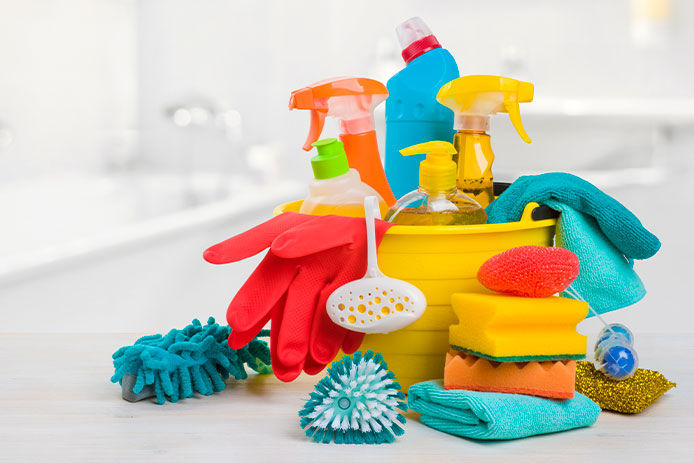
Not all parts of the bathroom need bleach for sanitization. If you use undiluted bleach on everything in the bathroom, you may damage some surfaces and risk injury to yourself. Dilute the bleach as recommended on the bottle based on its strength for general cleaning. Limit the use of bleach to the toilet and bathroom sink drain, where bacteria levels are the highest. White vinegar diluted with water is a milder mixture that still kills bacteria and is better suited for the tub, floors, countertops, and other surfaces. Just make sure the cleaning product you choose is safe to use on the surfaces you need to clean.
How Often to Clean?
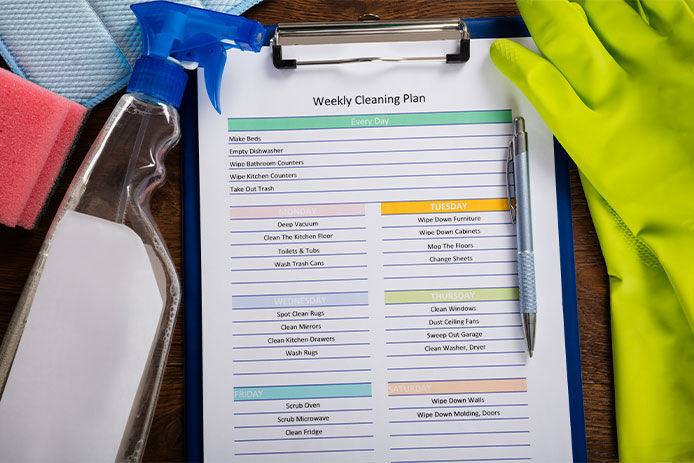
Bathrooms need deep cleaning at least once a week to keep bacteria levels under control. If you can manage, try to give the toilet and bathroom sink attention twice a week to ensure they don’t spread bacteria to the other surfaces. A quick spray and wipe with a sponge for the sink and toilet brush in the bowl will keep stains from building up. Deep cleaning tasks like scrubbing grout or shining metal fixtures should be done quarterly to ensure it’s not as much work to get stubborn spots out.
Aiming for Cleaner Showers and Tubs

Stone shower enclosures need weekly cleaning with a stone-compatible cleaning spray. After each shower, they should also be cleaned with a squeegee so that water drops can’t dry on the surface. Water spots are particularly hard to remove from these surfaces. For acrylic tubs and other enclosures, dish soap mixed with warm water is enough for a weekly cleaning. Scrub the walls and floor of the shower or tub with a soft sponge, focusing on soap scum and water deposits around the drain. Wipe the surfaces down with a microfiber cloth or use a squeegee after cleaning for a thorough shine.
Keeping the Toilet Spotless

An all-purpose bathroom cleaner is all you need to scrub the toilet once a week. Use bleach for the other biweekly cleaning for thorough sanitizing. If you notice any build-up of stains from hard water or use, try a powdered scrub that’s designed for toilet bowls. An angled toilet brush that easily gets under the lip of the bowl is the key to making this task as easy as possible.
Getting Clearer Mirrors and Countertops
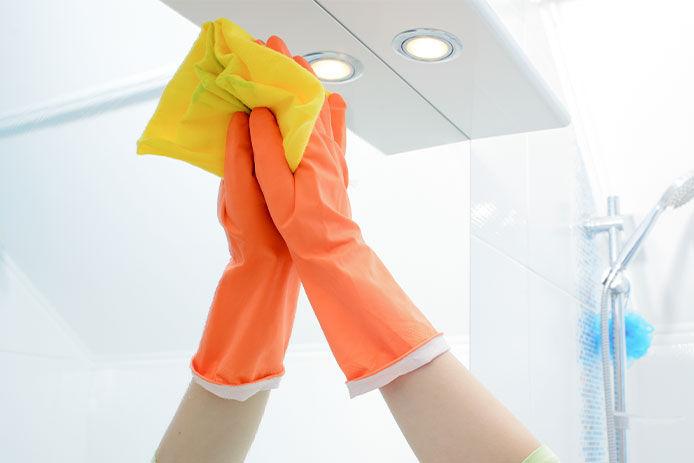
The mirror is a particularly tricky spot to keep clean in the bathroom. Aside from water spots from splashes, flecks of toothpaste and cosmetics have an annoying habit of ending up attached to the glass. Glass cleaner and crumpled newspaper are the keys to a streak-free bathroom mirror with only weekly cleaning. Work in small circles at first to focus on spots and streaks, then work into larger circles for buffing. Try a similar approach on the countertops, using an all-purpose bathroom cleaner like white vinegar spray and a sponge instead.
Preventing Shower Curtain Messes
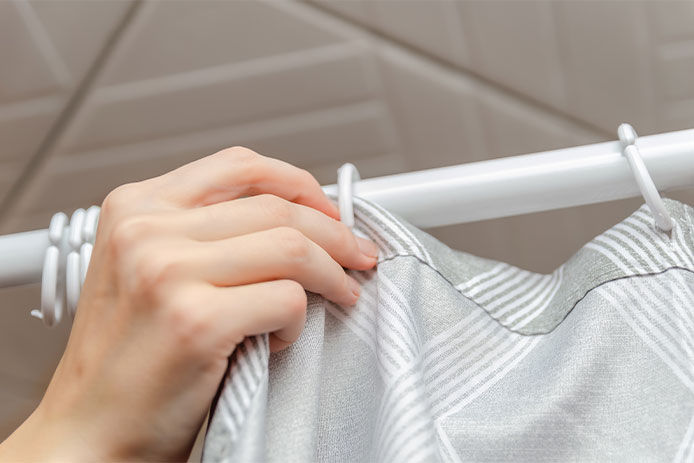
According to their care instructions, fabric shower curtains need laundering at least once a month to prevent mold growth. For the vinyl liner or curtains made only from vinyl, you can also wash them in the washing machine with white vinegar and a rinse cycle of warm water only. If you don’t want to risk a torn or melted curtain, try scrubbing it with a soft-bristled brush and baking soda, then rinsing it in the bathtub.
Handling Bathmats and Rugs
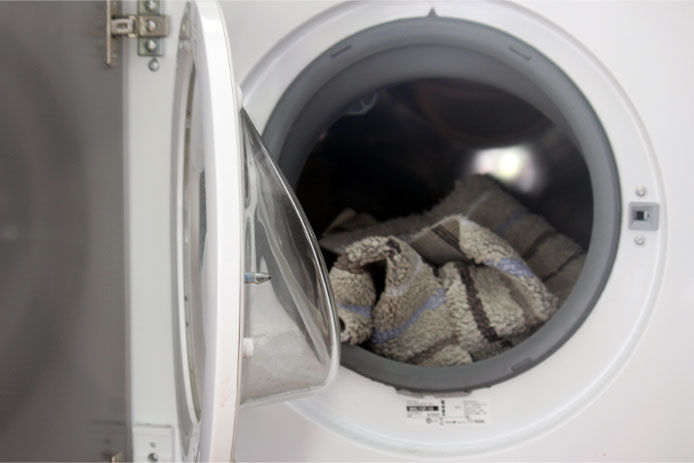
Finally, don’t let those bathmats or rugs that keep your feet dry go without weekly cleaning as well. The washing machine is the best option, but at least taking them outside for a rinse with diluted white vinegar and a spray from the garden hose will cut down on mold and bacterial growth. Use bleach when using the washing machine for bath linens.
Keep the bathroom clean without spending hours at it by dedicating just 15 minutes each day to part of the weekly cleaning tasks. Breaking it down and making family members take on the various chores can also help.

